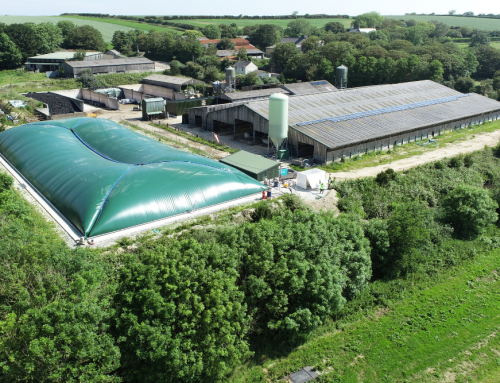What are analytics?
When you’re shopping for business software to help you run your company you will hear a lot about “built-in business analytics.” Great analytics are seen as a big selling point by most providers – but it helps to know exactly what that means and what the benefits are.
Analytics is all about getting information from your data and refers to the discovery of meaningful patterns within that data which can go on to help you make a business decision.
Especially valuable in areas which are rich with recorded information, the data can be pulled from any part of your business – not just the area of financials. For example you could be analysing data about your employees, sorting through application from people you are looking to hire or looking for patterns in buying information from your customers.
Examining the data can help you to draw conclusions which aren’t immediately obvious from the data in raw form, for example, information about how your employees are performing. Analytics can be used to identify future buying trends amongst your customers or smarter ways to get your supply chain moving. So whether it’s customers, supply chain, finance or human resources – having the capacity to analyse your data is a very useful tool for your business.
Most Enterprise level computer systems now have built-in analytics which present the information for you in easy to use graphs and charts. Have a look around to see which ones suit you best.
Why do I need analytics?
The purpose of analytics is to improve your business by gaining knowledge which can then be used to make improvements or changes. Raw data is a valuable business asset but doesn’t mean a great deal until it is analysed.
In today’s business world the companies that are getting ahead are using lots of analytics to make the right decisions. By understanding their data in new and meaningful ways they are making smart decisions which have an impact on the bottom line.
.
For example, a company might discover that their customers often ask where they can go to buy a certain secondary product. If you supplied that product to them they would not need to go elsewhere and you would capture that extra business.
And yet, despite technological advances, companies still struggle with realizing the true value of analytics. A 2014 KPMG survey found that 96% of companies believe they could make better use of analytics in their organization, meanwhile research by Oxford Economics found that only 42% of companies know how to extract meaningful insight from their data.
The analytics revolution means that there is no excuse not to examine your data. Most enterprise level business software will produce good-looking graphs and charts at the touch of a button and with systems which are based in the cloud based they can be created from anywhere including via mobile and tablet. In-memory technology means you can access up to date data very quickly too.
Why not ask about advanced analytics which might predict how your customers will behave? These statistically complex analytics are now widely available and much easier to understand.
This is the era of data big and small, so it makes sense to make the most of the opportunities being offered by today’s software to dig deeper.










